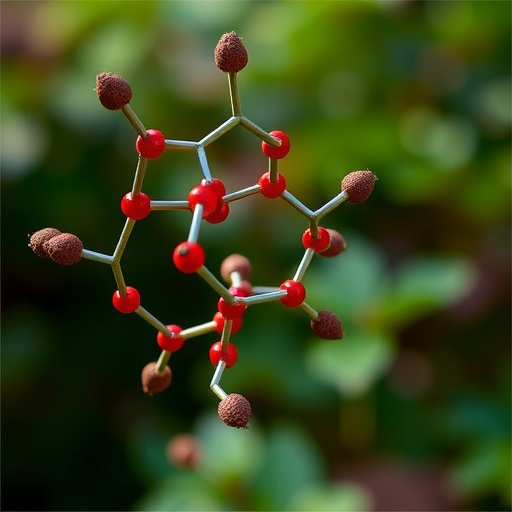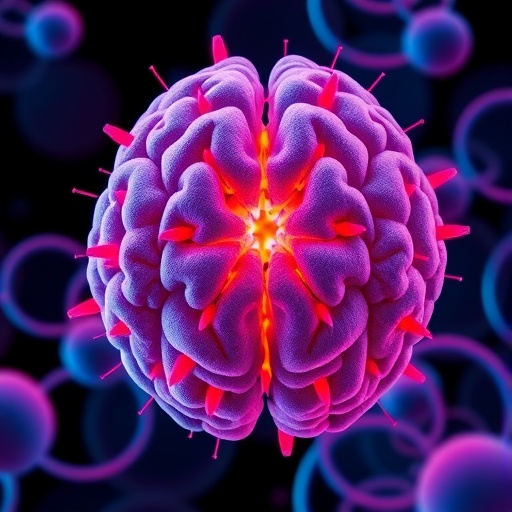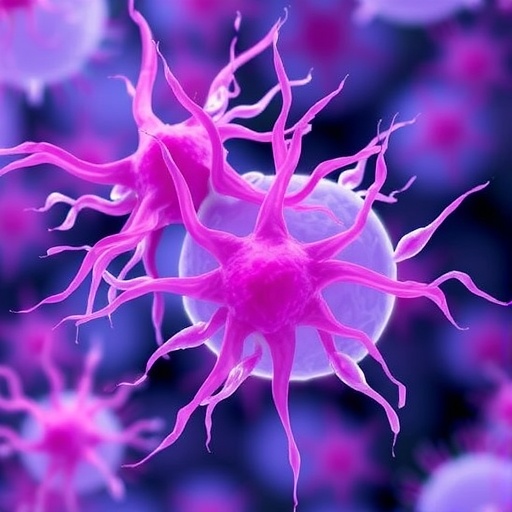In recent research, scientists have made significant strides in developing antimicrobial agents through the synthesis of triphenylphosphonium (TPP) conjugates. Specifically, they focused on compounds where 1-alkynyl-substituted nucleic bases, including uracil and thymine, are linked to the TPP cation. This innovative approach involved using various linkers, specifically octyl and decyl chains, to bridge the connection. The study aims to combat the rising threat of antibiotic resistance, which has become a pressing issue in modern medicine.
The TPP conjugates synthesized in this study consisted of a total of twenty different formulations, each differing by the choice of nucleic base and the alkyl linker. Among these compounds, researchers particularly emphasized the 1-alkynylquinazoline-2,4-dione derivatives. These lead compounds demonstrated impressive bacteriostatic activity against a range of Gram-positive bacteria, including notorious pathogens such as Staphylococcus aureus and Enterococcus faecalis. The significance of these findings cannot be overstated, given the current scarcity of effective antibiotics against these resilient bacterial strains.
In vitro assessments revealed six standout compounds that exhibited high bacteriostatic capabilities, with minimum inhibitory concentrations (MICs) ranging from 0.2 to 0.9 μM against five different Gram-positive bacteria. Importantly, these compounds also showed efficacy against methicillin-resistant Staphylococcus aureus (MRSA), a category of bacteria known for its resistance to commonly used antibiotics. This discovery opens new avenues for therapeutic development, particularly in treating infections caused by multi-drug resistant bacteria.
Next, the research explored biscationic TPP-conjugates. These compounds were configured to have not one, but two TPP cations attached to critical nitrogen atoms in the quinazoline-2,4-dione moiety. The innovative design involved using decyl and octyl linkers similar to those used in the first set of compounds. Biscations 5d and 5e stood out as particularly potent agents, showing significant in vitro bacteriostatic and bactericidal activity against Gram-negative bacteria such as Escherichia coli and Pseudomonas aeruginosa.
The importance of the biscationic compounds transcends their antibacterial properties. They also exhibited fungistatic and fungicidal activity against Candida albicans, thus broadening the therapeutic spectrum of these compounds. This dual-action capability paves the way for novel treatment regimes that can target multiple pathogens simultaneously, a critical advantage in the face of polymicrobial infections often encountered in clinical settings.
Colorimetric and fluorimetric methods were employed to assess the mechanism of action of these lead compounds. The results illustrated that the compounds significantly damaged the cytoplasmic membrane of S. aureus, leading to depolarization. However, remarkably, they did not compromise the integrity of the S. aureus cell wall. This targeted mode of action highlights the potential of these compounds to selectively disrupt bacterial cells while minimizing collateral damage to surrounding tissue.
Moreover, the study found that at concentrations near the MBC (minimum bactericidal concentration), all lead compounds inhibited biofilm formation in S. aureus by an impressive 80-100%. Biofilms are notoriously difficult to treat due to their protective nature, often leading to chronic infections. The ability of these compounds to not only prevent biofilm formation but also degrade existing biofilms significantly enhances their therapeutic value.
The implications of this research extend well beyond academic curiosity—these findings could revolutionize the field of antimicrobial drug development. With resistance rates soaring globally, the introduction of novel classes of antimicrobial agents like TPP conjugates is essential. As these compounds move towards clinical trials, their effectiveness against problematic pathogens makes them prime candidates for inclusion in future infection management protocols.
Despite the potential of these compounds, the research emphasizes the importance of further studies. Extended in vivo evaluations are necessary to fully understand the pharmacodynamics and potential side effects of these TPP conjugates. Furthermore, the assessment of their bioavailability and toxicity profiles will be critical in advancing them to a stage where they can be utilized as clinical therapeutics.
As researchers aim to share these groundbreaking findings with the wider scientific community, the excitement surrounding the potential applications of these TPP conjugates is palpable. The implications for public health are profound—if successful in clinical trials, these compounds could become vital tools in the fight against antimicrobial resistance.
In conclusion, the synthesis and examination of triphenylphosphonium conjugates represent a promising frontier in antimicrobial research. By targeting bacterial membrane integrity and biofilm formation, these compounds may pave the way for effective treatments against some of the most challenging infectious diseases of our time. As the global health landscape continues to evolve, advancements in this area will be critical to curbing the threat posed by resistant pathogens.
The innovation presented in this research not only shows a clear route toward new drug development but also emphasizes an essential shift in how scientists approach the burgeoning crisis of antibiotic resistance. It highlights the importance of continued investment in research and the development of new synthetic methodologies to design novel compounds capable of outsmarting resistant organisms in our fight for better health.
With the rising tide of antimicrobial resistance, the development of compounds like these TPP conjugates may one day restore medical practitioners’ ability to effectively manage bacterial infections, turning the tide against pathogens that threaten public health across the globe.
Subject of Research: Antimicrobial activity of triphenylphosphonium conjugates of alkynyl-substituted nucleic bases.
Article Title: Antimicrobial activity of triphenylphosphonium (TPP) conjugates of alkynyl−substituted nucleic bases and their analogues.
Article References:
Andreeva, O.V., Voloshina, A.D., Lyubina, A.P. et al. Antimicrobial activity of triphenylphosphonium (TPP) conjugates of alkynyl−substituted nucleic bases and their analogues.
J Antibiot (2025). https://doi.org/10.1038/s41429-025-00864-1
Image Credits: AI Generated
DOI: https://doi.org/10.1038/s41429-025-00864-1
Keywords: Antimicrobial resistance, triphenylphosphonium, quinazoline-2,4-dione, cationic compounds, biofilm inhibition, Gram-positive bacteria, Gram-negative bacteria, fungal activity.
Tags: 1-alkynyl nucleic basesalkyl linker synthesisantibiotic resistance solutionsantimicrobial agentsbacteriostatic activity compoundsGram-positive bacteria treatmentin vitro antimicrobial assessmentsinnovative antimicrobial agentsMethicillin-resistant Staphylococcus aureusresistance mechanisms in bacteriatriphenylphosphonium conjugatesuracil and thymine derivatives





